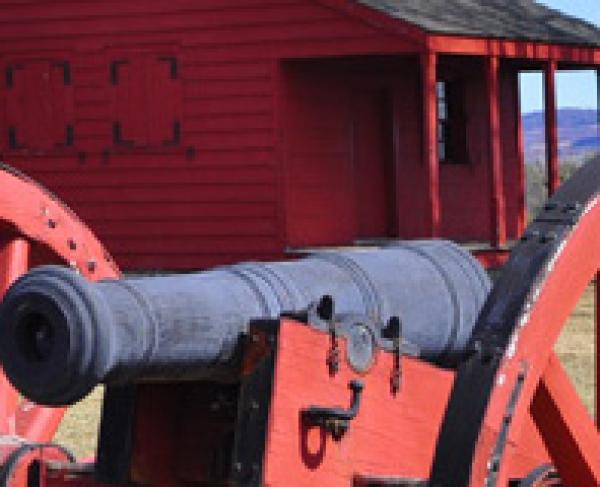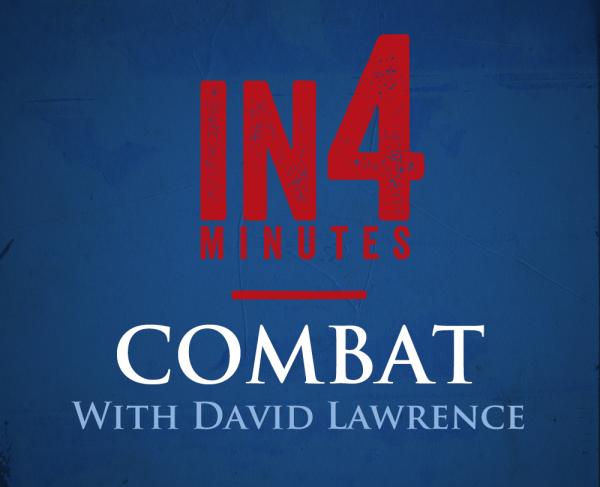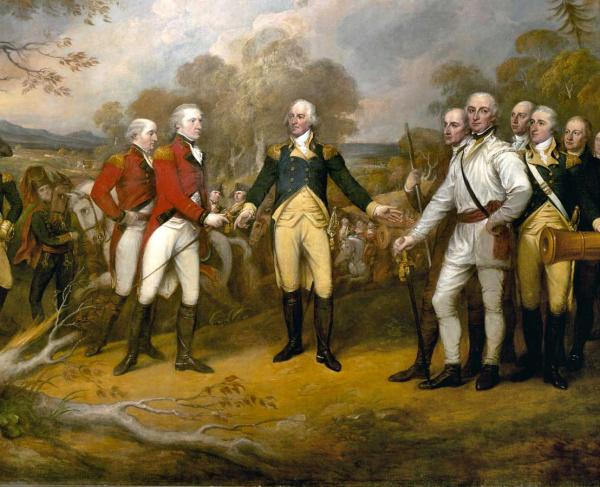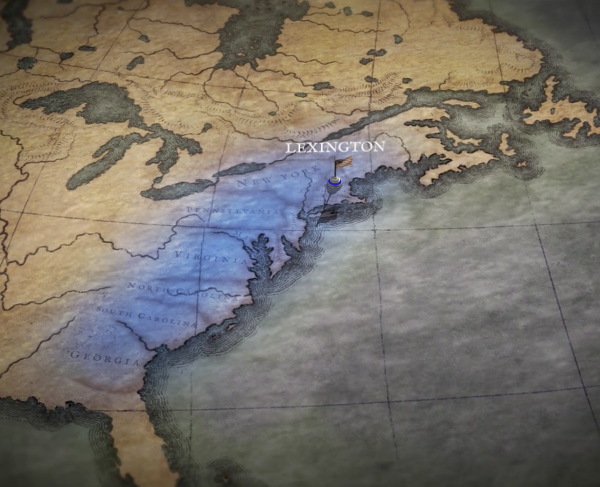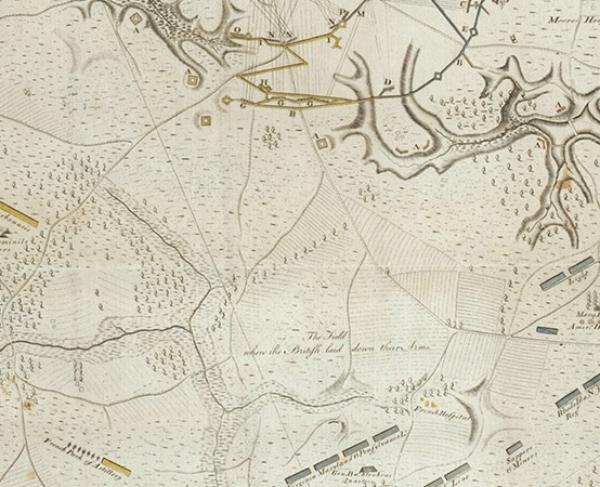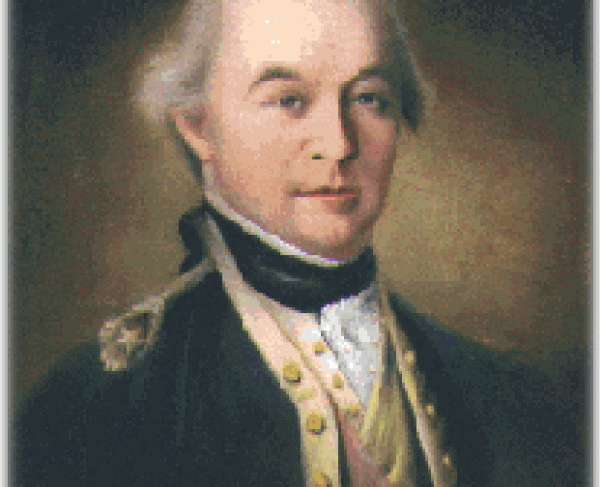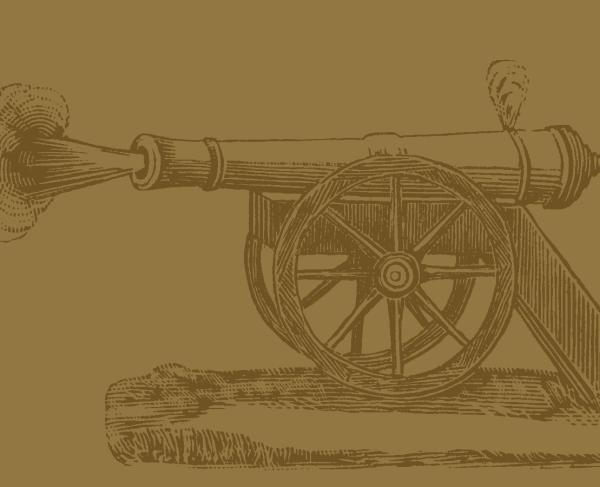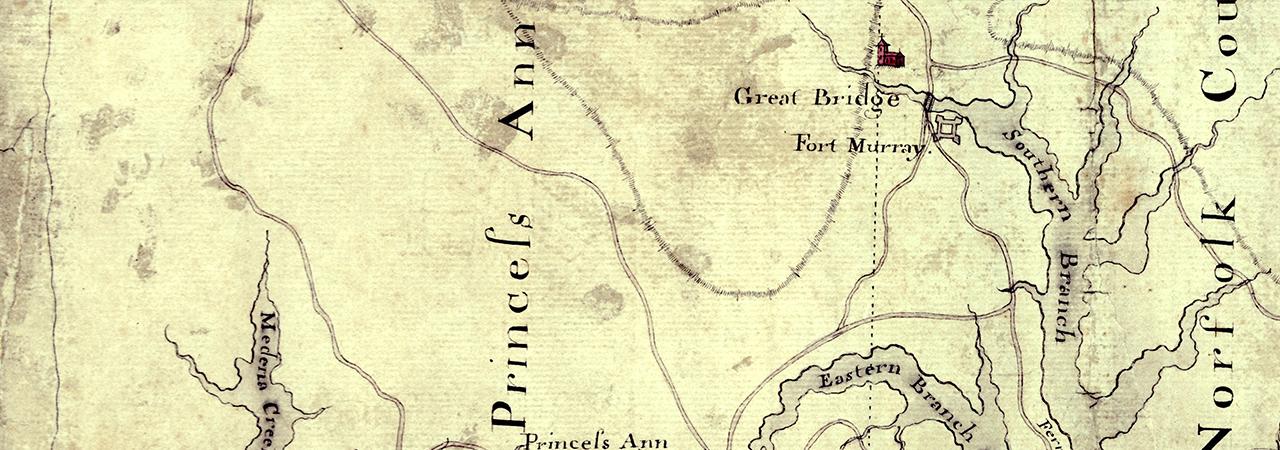
Great Bridge
Virginia | Dec 9, 1775
Threatened by rebellion, Virginia’s Royal Governor, John Murray, the Earl of Dunmore, ordered the Royal Marines of the H.M.S. Magdalen to seize the gunpowder stores of Williamsburg, Virginia, the colonial capital. Word of Dunmore’s decision quickly spread, prompting militia companies from surrounding counties to converge on Williamsburg.
Dunmore fled to Norfolk and began raising an army. Among his recruits were escaped slaves to whom he promised freedom in exchange for military service. Dunmore organized the freed people into the “Ethiopian Regiment” and tasked them with raiding Patriot militia camps. Dunmore was also reinforced by Tory militias and two companies from the 14th Regiment of Foot.
The primary approach to Norfolk was over Great Bridge, which spanned the Elizabeth River. The bridge was surrounded on both sides by the Great Dismal Swamp and was accessible only by narrow causeways on both the north and south sides. Both the Patriots and the British recognized the bridge’s importance. Dunmore ordered the construction of a stockade known as Fort Murray on the north side of the bridge.
On December 7, 1775, Patriot forces arrived on the bridge’s south side. For the next several days, the Tories and Patriots skirmished amongst the region's bogs and swamps. By the night of the 8th, the Patriot force commanded by Colonel William Woodford had grown to roughly 900 men. Dunmore decided to drive Woodford back.
On the morning of the 9th, the Tories wheeled two cannons into place and opened fire, attempting to break apart the Whig breastworks. Thinking that this was simply the Tories attempting to disrupt their morning, few Whigs moved until one militia captain called his men to arms, seeing an approaching column in red. The men in red were the Light Infantry and Grenadiers of the 14th Foot, led by Captain Charles Fordice and Lieutenant John Batut. Further back, a large Tory reserve under the command of Captain Samuel Leslie stood ready to exploit any breakthrough.
As the British soldiers advanced up the causeway six men abreast, they fired by platoons. As one platoon fired, the other would reload. As the British got closer, the Whigs unleashed a withering volley. Both Batut and Fordice went down, and the causeway was scattered with the dead and dying.
Despite his wound, Fordice rose and exclaimed “the day is our own!” The British again charged. Several reached the Patriot works before being shot down. Among the dead was Fordice, who fell with no less than fourteen wounds. The Virginians then advanced and began firing on Leslie’s reserves. His position compromised, Leslie retreated to Fort Murray. That night, the Tories spiked their cannons and abandoned the fort.
The battle lasted less than an hour. By the time it was over, the British had lost more than 100 men killed and wounded. Only one Whig was wounded. Within the next few days, the Whigs entered Norfolk, and Lord Dunmore fled Virginia.
Great Bridge: Featured Resources
All battles of the Southern Theater 1775 - 1779 Campaign
Related Battles
861
409
1
102
